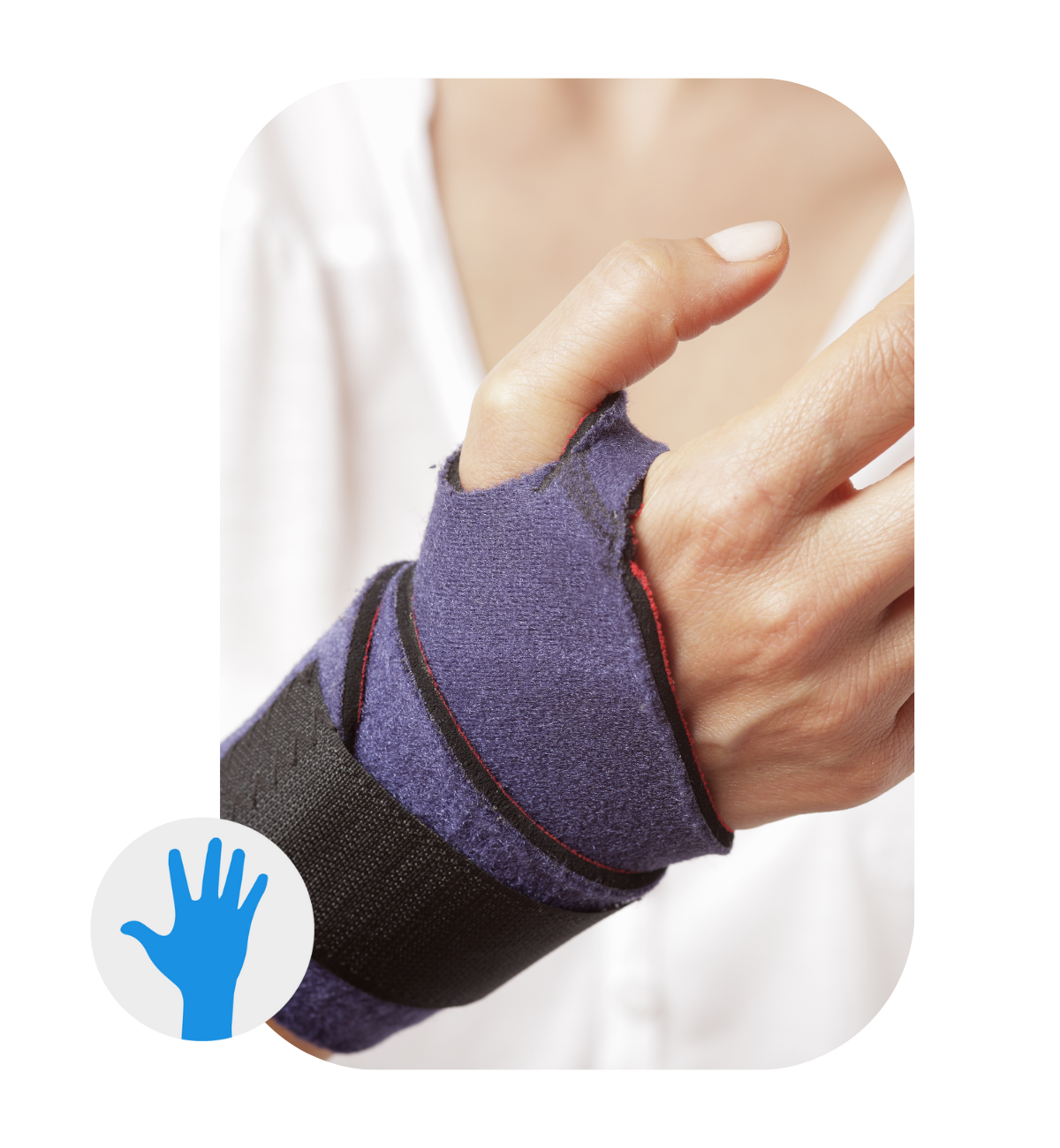CARPAL TUNNEL SYDROME
Carpal tunnel syndrome is a prevalent nerve disorder and one of the primary causes of hand pain and numbness. This condition occurs when the median nerve, a major nerve to the hand, is compressed as it passes through the wrist.
Key Facts About Carpal Tunnel Syndrome:
- It is more commonly diagnosed in females than males.
- The likelihood of developing carpal tunnel syndrome increases with age, being more common in middle-aged to older adults compared to children.
- Fortunately, carpal tunnel syndrome typically responds well to treatment, offering effective relief for those affected.

Advancing Carpal Tunnel Treatment
Alexander Palmer, fellowship-trained hand surgeon, specializes in ultrasound-guided carpal tunnel release using wide-awake local anesthesia without a tourniquet (WALANT). This modern technique, performed in a procedure room setting, is both safe and effective, minimizing patient discomfort and recovery time. MRI results confirm successful decompression, allowing patients a quicker return to daily activities with less intervention.
WHO IS AT RISK FOR CARPAL TUNNEL?
Carpal tunnel syndrome can affect anyone. However, certain factors do put someone more at risk. These include:
- Pregnancy
- Genetics
- Job and activities can place people at higher risk, especially those that include high force or extreme wrist motions
- Diabetes
- Older age
- Gender
Women are more likely than men to get carpal tunnel. Most pregnancy-related cases of carpal tunnel are resolved after the birth of the child. Generally speaking, most cases of carpal tunnel syndrome are caused by a combination of factors.


CARPAL TUNNEL SYNDROME TREATMENT OPTIONS
When diagnosed early, symptoms can be relieved with simple conservative treatments. However, carpal tunnel tends to progress over time.
If surgery is recommended, carpal tunnel surgery can be performed, which takes pressure off the nerve and relieves symptoms. Carpal tunnel release surgeries are usually performed on an out-patient basis or even in-office and are highly successful.
TYPES OF CARPAL TUNNEL SURGERY
Mini-Open Carpal Tunnel Release and Endoscopic Carpal Tunnel Release are the two main types of surgery performed. Ultrasound-Guided Carpal Tunnel Release is the newest procedure, which can be performed in the office setting.
Meet Our CARPAL TUNNEL PROVIDERs
Learn more about our board-certified, fellowship-trained hand surgeons.












